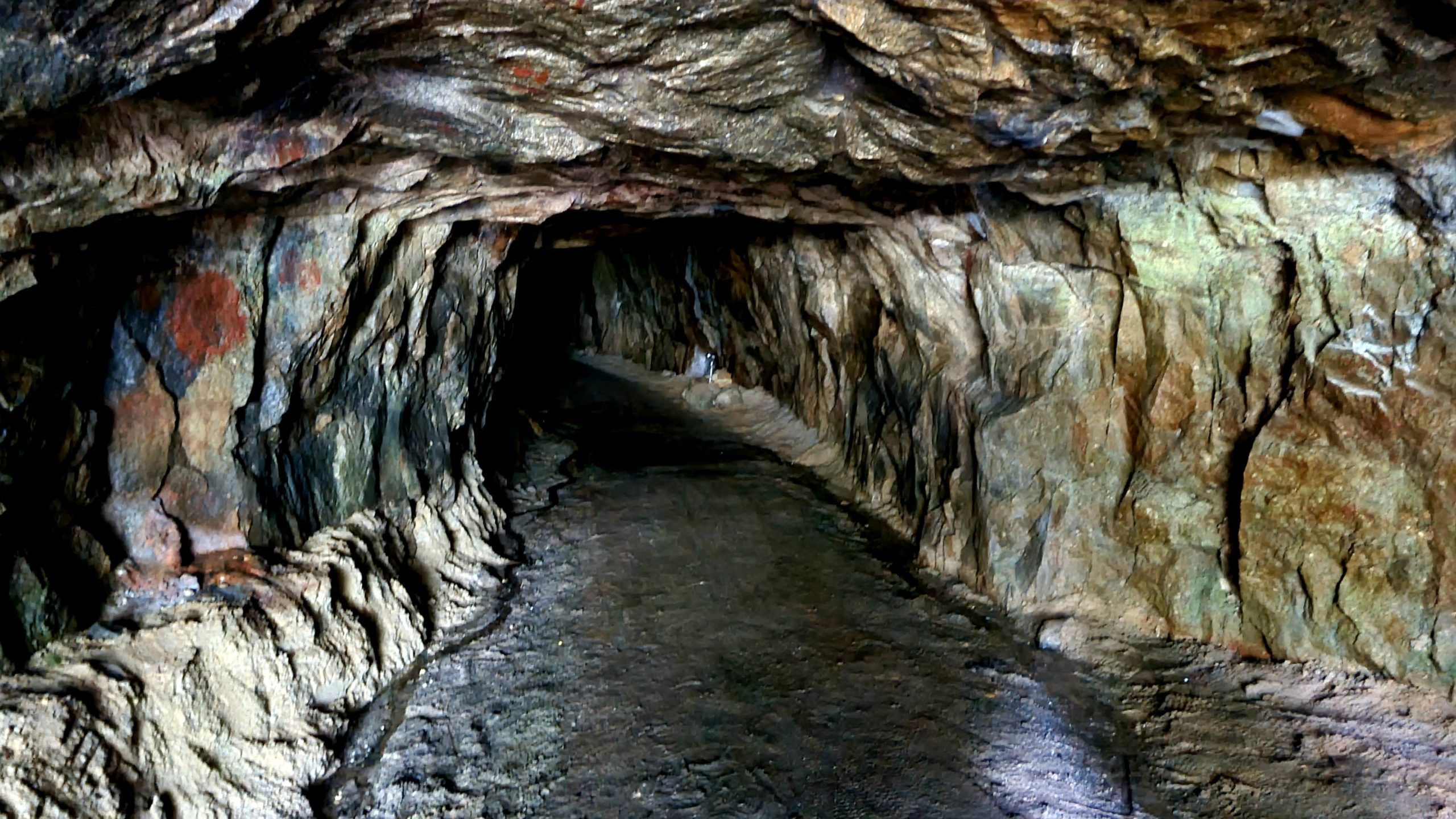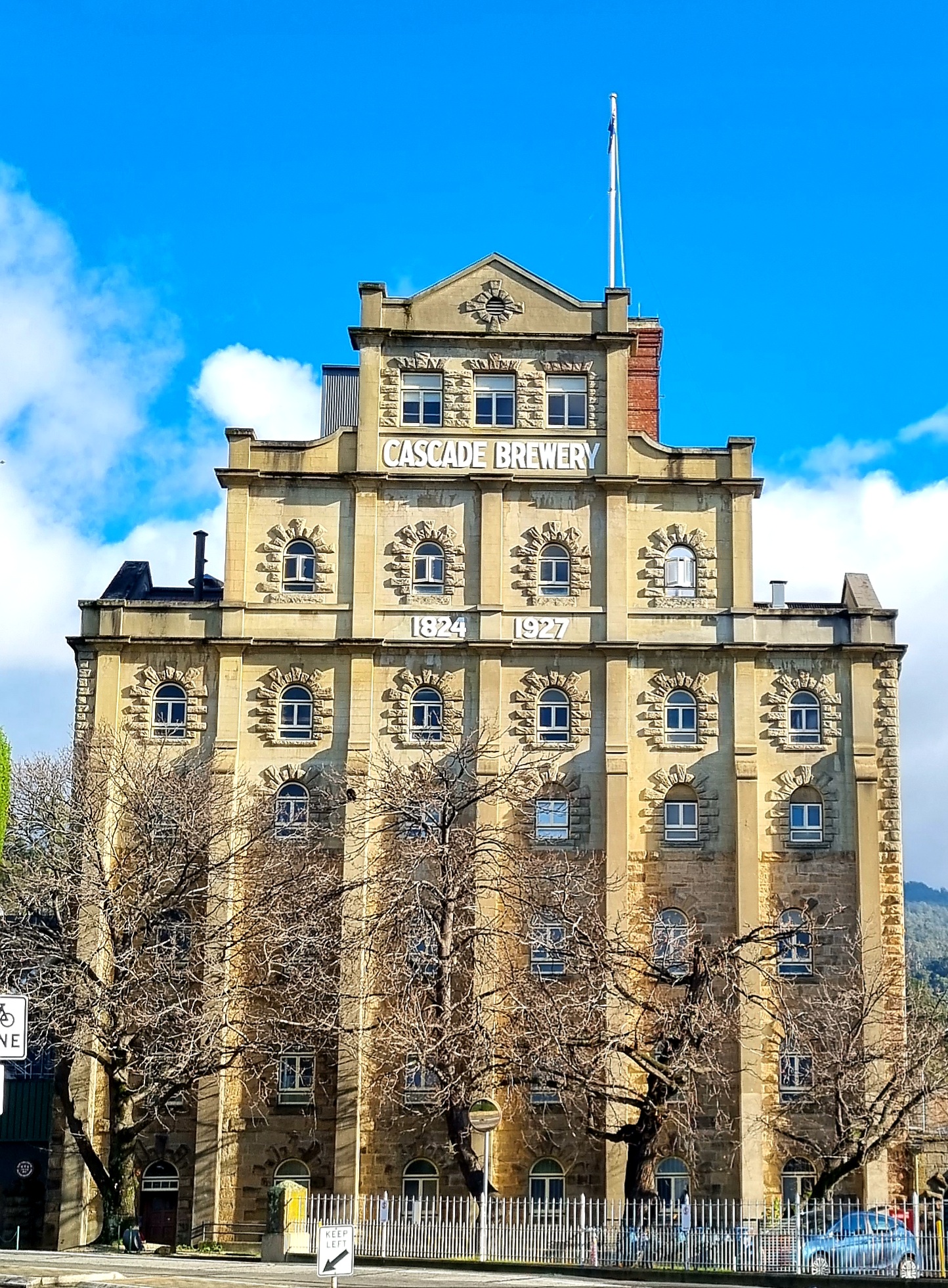Category: Activity
-
Derby Tin Mining Tunnel Tasmania

Derby Tin Mining Tunnel Originally a tin mining district, Derby is now a haven for mountain bike riders, with an established series of bike trails in the district. A remnant of the mining history has been incorporated into the bike and walking trails, making an excellent addition to the usual Australian bush you usually go… Read more
-
Fantastic Bruny Island Tasmania

Bruny Island At 50kms long, Bruny Island has farms, food, forests, wildlife, beaches, and history, all within an easy drive. We spent two nights and two full days on the island and could have spent more because there’s so much to see and do. How to Get There Cape Queen Elizabeth Track The Neck Lookout… Read more
